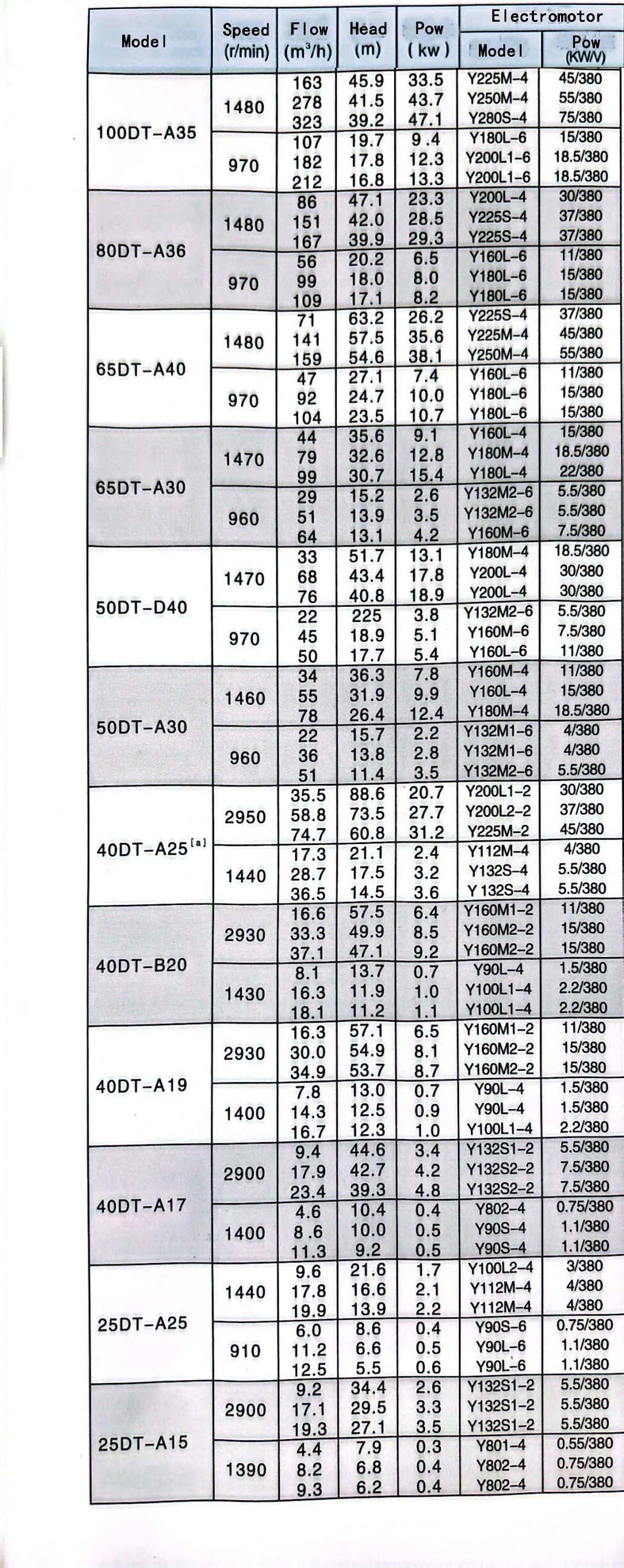German
- Afrikaans
- Albanian
- Amharic
- Arabic
- Armenian
- Azerbaijani
- Basque
- Belarusian
- Bengali
- Bosnian
- Bulgarian
- Catalan
- Cebuano
- Corsican
- Croatian
- Czech
- Danish
- Dutch
- English
- Esperanto
- Estonian
- Finnish
- French
- Frisian
- Galician
- Georgian
- German
- Greek
- Gujarati
- Haitian Creole
- hausa
- hawaiian
- Hebrew
- Hindi
- Miao
- Hungarian
- Icelandic
- igbo
- Indonesian
- irish
- Italian
- Japanese
- Javanese
- Kannada
- kazakh
- Khmer
- Rwandese
- Korean
- Kurdish
- Kyrgyz
- Lao
- Latin
- Latvian
- Lithuanian
- Luxembourgish
- Macedonian
- Malgashi
- Malay
- Malayalam
- Maltese
- Maori
- Marathi
- Mongolian
- Myanmar
- Nepali
- Norwegian
- Norwegian
- Occitan
- Pashto
- Persian
- Polish
- Portuguese
- Punjabi
- Romanian
- Russian
- Samoan
- Scottish Gaelic
- Serbian
- Sesotho
- Shona
- Sindhi
- Sinhala
- Slovak
- Slovenian
- Somali
- Spanish
- Sundanese
- Swahili
- Swedish
- Tagalog
- Tajik
- Tamil
- Tatar
- Telugu
- Thai
- Turkish
- Turkmen
- Ukrainian
- Urdu
- Uighur
- Uzbek
- Vietnamese
- Welsh
- Bantu
- Yiddish
- Yoruba
- Zulu
Telephone: +86 13120555503
Email: frank@cypump.com
Sep . 23, 2024 22:47 Back to list
Pumping Techniques for Effective Bentonite Slurry Management and Applications
The Process and Importance of Pumping Bentonite Slurry
Bentonite is a naturally occurring clay that has gained significant importance in various industries due to its unique properties, such as high plasticity and water absorption capability. When mixed with water, bentonite forms a slurry that is widely used in construction, drilling, and environmental applications. The process of pumping bentonite slurry is crucial, especially in civil engineering and mining, where it plays an integral role in ensuring project success.
Understanding Bentonite Slurry
Bentonite slurry is created by mixing bentonite clay with water. The mixture exhibits thixotropic behavior, meaning it can behave like a solid under stress but flows like a liquid when stirred or agitated. This property makes bentonite slurry ideal for many applications, including
1. Drilling Fluid In drilling operations, bentonite slurry is used as a fluid to stabilize boreholes, control pressure, and carry cuttings to the surface. It prevents the collapse of walls in the drilled area, ensuring safety and efficiency.
3. Environmental Applications Bentonite slurry is employed in the construction of impermeable barriers in waste management and containment facilities, helping to prevent groundwater contamination.
The Pumping Process
The pumping of bentonite slurry requires specific equipment and techniques to handle its unique properties and to ensure the slurry can be transported effectively to the required location. Below are the key steps in the pumping process
pumping bentonite slurry

1. Preparation of Slurry The first step involves mixing water with bentonite to achieve the desired viscosity and consistency. The quality of the bentonite, the ratio of water to bentonite, and any additional additives play a significant role in determining the performance of the slurry.
2. Selection of Pump Due to the viscosity and density of bentonite slurry, specific types of pumps are recommended. Typically, positive displacement pumps or centrifugal pumps are used. Positive displacement pumps are preferred for their ability to handle thick slurries and ensure steady flow without pulsation.
3. Pumping Operation The pumping operation must be carefully managed to maintain the properties of the slurry. This includes monitoring the flow rate, pressure, and temperature to prevent separation of the bentonite particles from the water, which could lead to clogging and inefficiency.
4. Discharge and Application The pumped slurry is typically discharged into designated areas, such as boreholes or construction sites. It is crucial that the discharged slurry maintains its intended properties to ensure optimal performance in its application.
Challenges in Pumping
Pumping bentonite slurry is not without its challenges. The viscosity of the slurry can lead to excessive wear and tear on the pumping equipment. Additionally, blockages may occur if the slurry is not maintained at the proper consistency. Proper training for operators and regular maintenance of equipment are essential to mitigate these issues.
Conclusion
The pumping of bentonite slurry remains a critical operation in many industrial sectors. Its unique characteristics and behaviors have made it indispensable in drilling, tunneling, and environmental protection projects. A thorough understanding of the pumping process, along with suitable equipment and techniques, is required to effectively utilize bentonite slurry. As industries continue to evolve, the demand for efficient pumping solutions will only increase, emphasizing the importance of bentonite as a versatile and vital resource. The successful application of this material can significantly contribute to the safety and success of various engineering and environmental projects, making it a key player in modern construction and resource management.
-
Heavy-Duty Mining Sludge Pumps - Wear-Resistant Slurry Handling
NewsAug.02,2025
-
Horizontal Split Case Pump with GPT-4 Turbo | High Efficiency
NewsAug.01,2025
-
ISG Series Pipeline Pump - Chi Yuan Pumps | High Efficiency, Durable Design
NewsAug.01,2025
-
Advanced Flue Gas Desulfurization Pump with GPT-4 Turbo | Durable & Efficient
NewsJul.31,2025
-
ISG Series Vertical Pipeline Pump - Chi Yuan Pumps | Advanced Hydraulic Design&Durable Construction
NewsJul.31,2025
-
ISG Series Vertical Pipeline Pump - Chi Yuan Pumps | Energy Efficient & Low Noise
NewsJul.31,2025










